Channel Substrate
SECTION G: PHYSICAL ATTRIBUTES – CHANNEL SUBSTRATE
The ranging pole should be used to prod the river bed to determine the predominant channel substrate.
In some cases a thin layer of silt, especially during low flows, can cover coarser substances; in such instances, the underlying substrate should be recorded, together with a note that silt is present as an overlying deposit (in Section L).
Categories of substrate size are determined by the Wentworth scale (Wentworth; 1922). The scale is shown on the spot-check key. When assessing substrate size, do it using the intermediate axis and not the long axis (see figure below). For more details of similar categories used also for bank material, see Section G, bank materials.
Boxes are emboldened, so only a single entry per box (the predominant substrate type) is permissible.
Not visible (NV)
Use this only if the channel is too deep, or water too turbid, to determine the predominant substrates of the channel. Health and safety considerations are paramount.
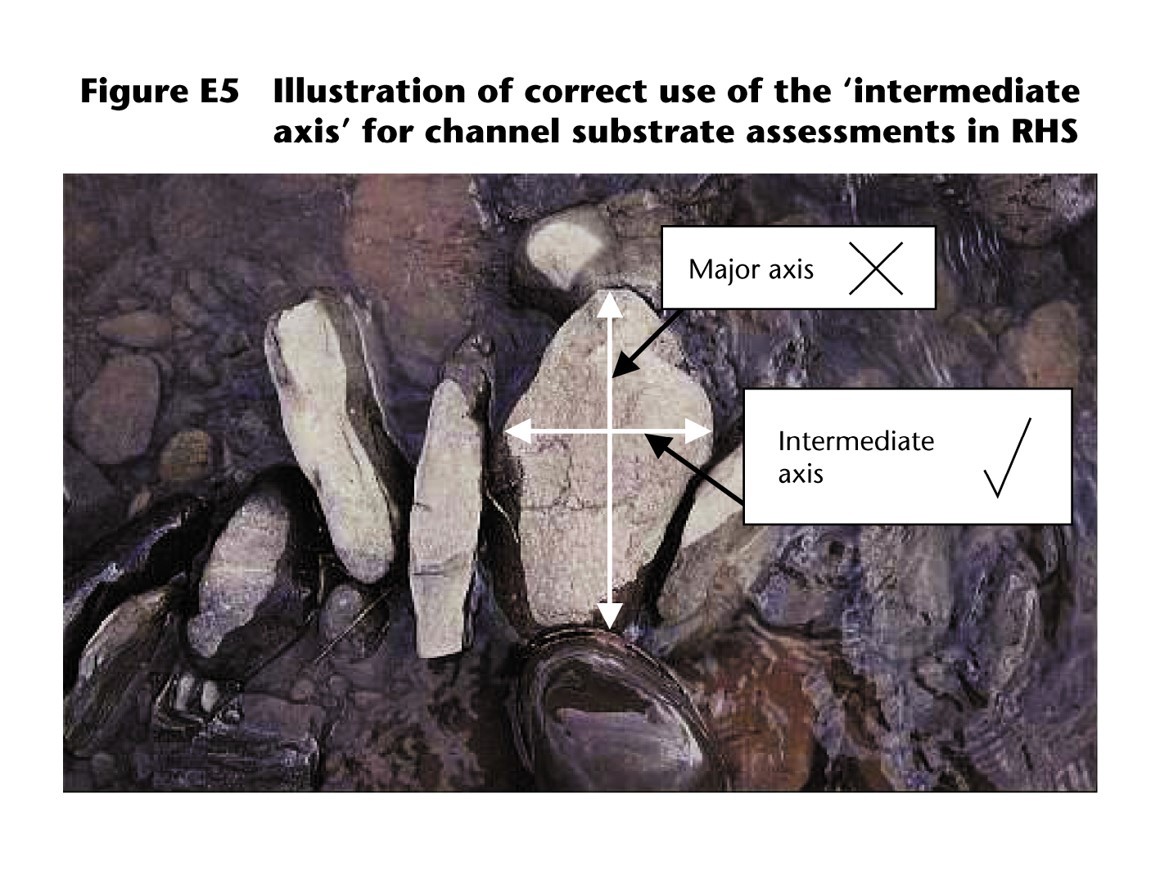
Bedrock (BE)
Underlying solid rock.
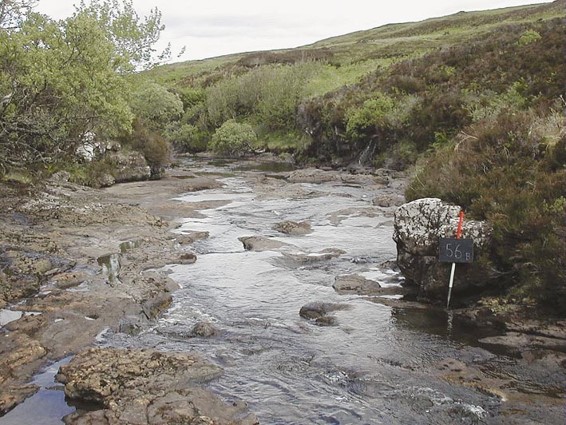
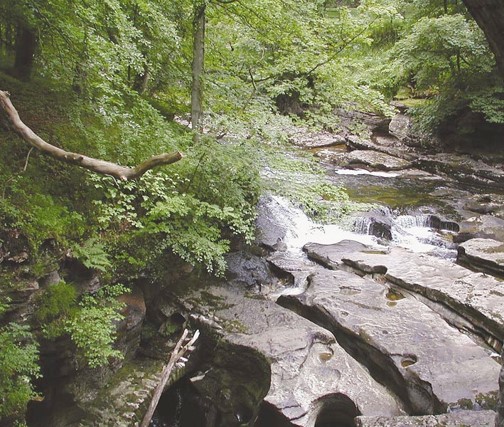
Examples of solid rock channel substrate
Boulder (BO)
Large rocks >=256mm in diameter (larger than head size).
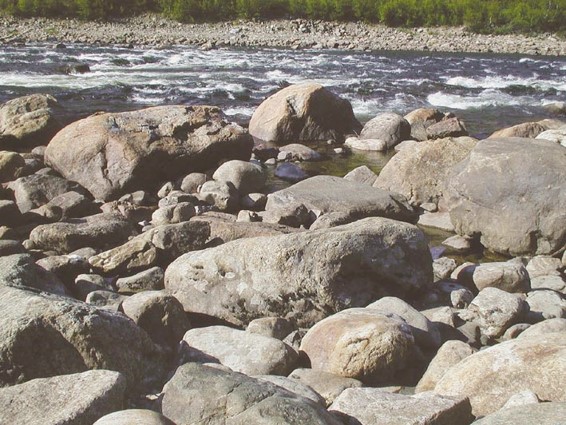
Example of boulder channel substrate
Cobble (CO)
Loose material 64-256mm in diameter (half-fist to large head size).
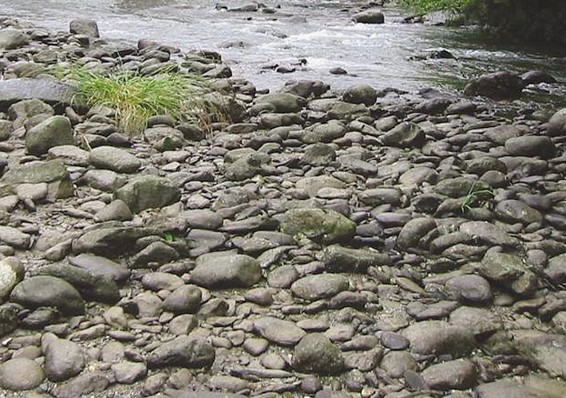
Example of cobble channel substrate
Gravel/pebble (GP)
A combined category: Coarse gravel is 16-64mm in diameter (includes pebbles that are conker to half-fist size); fine gravel is 2-16mm in diameter. Where it is obvious that either pebble or gravel dominate, put a circle round either G or P depending on which one is predominant. If, as is usually the case, the proportions are roughly equal, or it is not possible to determine which is predominant, simply enter GP.
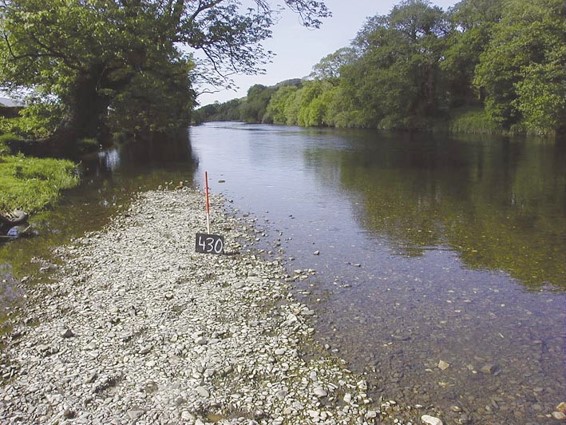
Example of gravel/pebble channel substrate
Sand (SA)
Particle sizes <2mm but >=0.06mm in diameter.

Example of sand channel substrate
Silt (SI)
Very fine material as a deposit exceeding a depth of 10mm. Exclude thin layers of silt covering coarser substrates.
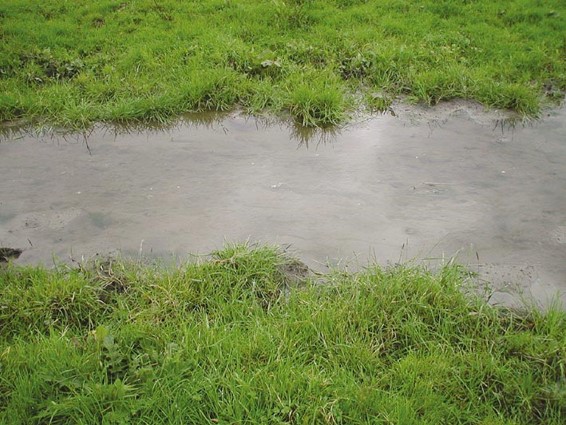
Example of silt channel substrate
Clay (CL)
Record ‘CL’ if the predominant river bed material comprises sticky cohesive clay material.
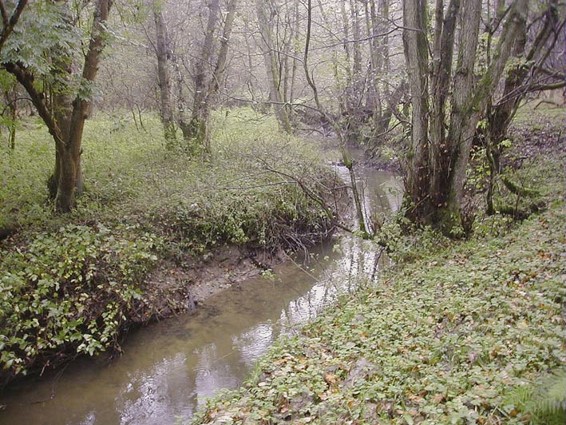
Example of clay channel substrate
Peat (PE)
Peat, as a predominant channel substrate, is rare. Record ‘PE’ only if the river bed is formed of organic matter derived from decayed vegetation under water-logged conditions. Peat is normally dark brown or black.
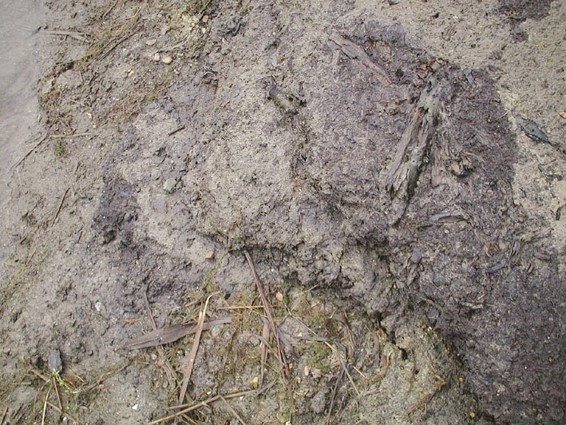
Example of peat channel substrate
Earth (EA)
Reserved solely for recording when earth forms the substrate in streams with seasonal flow (e.g. winterbournes). Such streams often flow through open fields, and have substrates similar to ‘soil’.
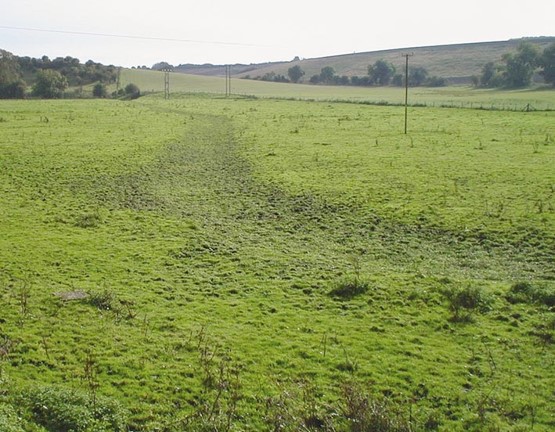
Example of earth channel substrate in a winterbourne
Obviously non-natural bed material predominant (e.g. concrete, bricks, tipped waste)
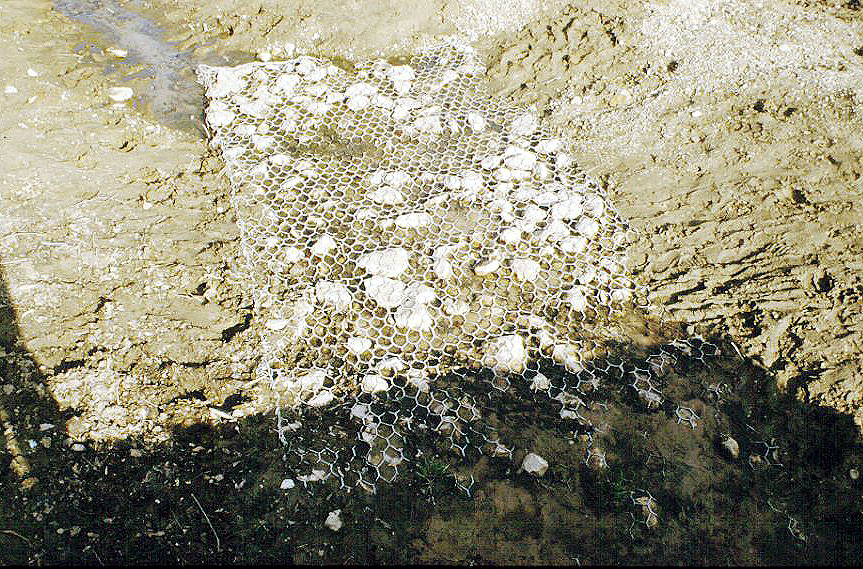
Gabion mattress
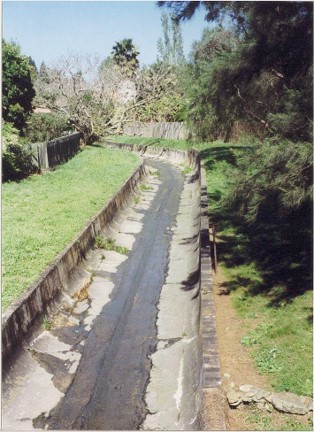
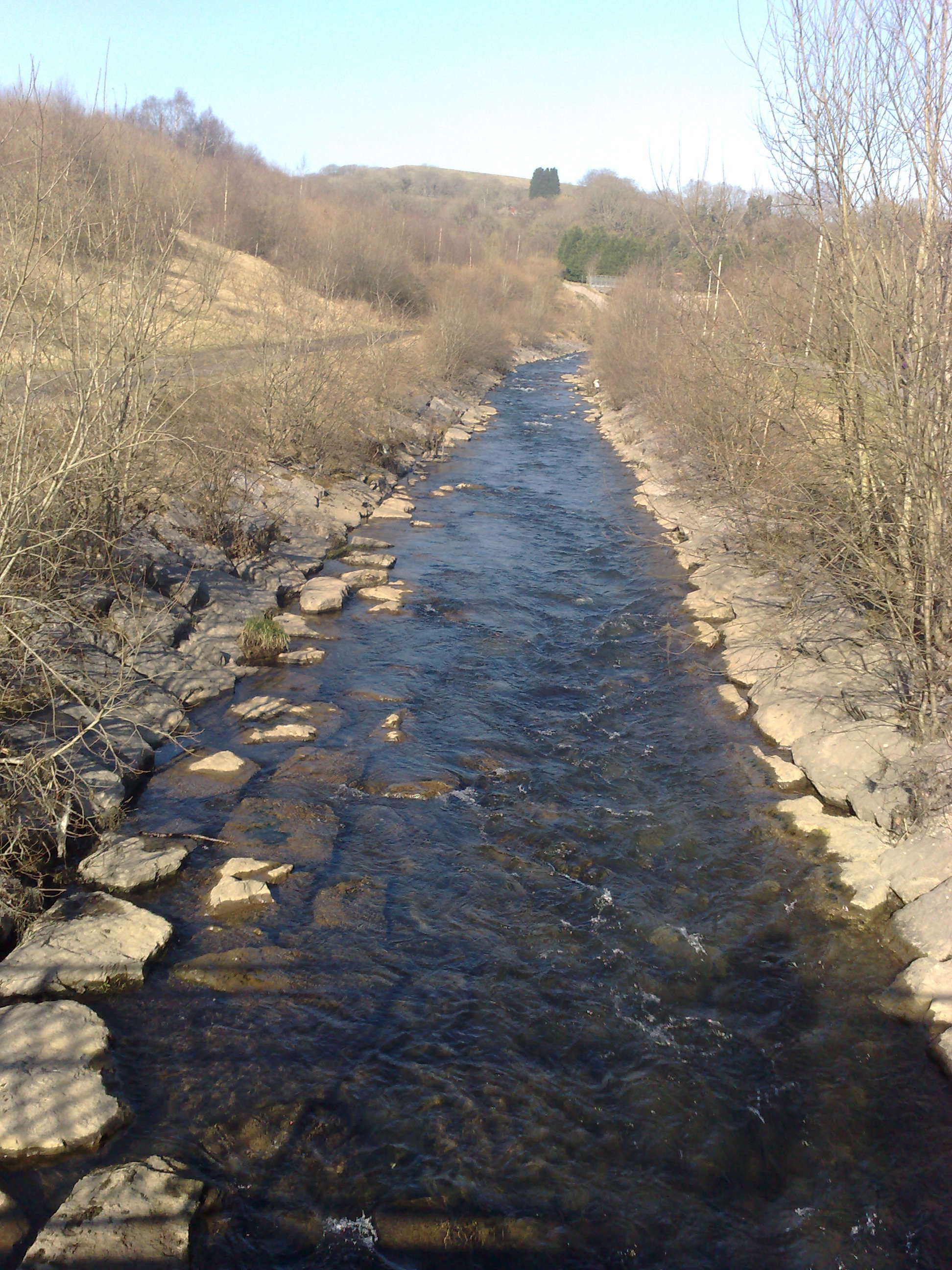
Artificial bed (left, concrete, right, stones)